
Amalia of Solms-Braunfels was Princess of Orange by marriage to Frederick Henry, Prince of Orange. She acted as the political adviser of her spouse during his reign, and acted as his de facto deputy and regent during his infirmity from 1640 to 1647. She also served as chair of the regency council during the minority of her grandson William III, Prince of Orange from 1650 until 1672.

Count John VI of Nassau-Dillenburg was the second son of William the Rich and the younger brother of William the Silent. He has a special place in the history of the Netherlands because he is the male-line forefather of the House of Orange which ruled that country until 1948.
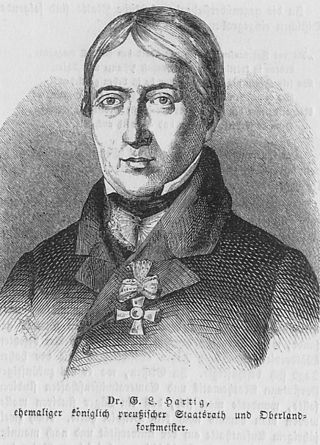
Georg Ludwig Hartig was a German forester.
Solms-Laubach was a County of southern Hesse and eastern Rhineland-Palatinate, Germany. The House of Solms had its origins in Solms, Hesse.

Solms-Hohensolms-Lich was at first a County and later Principality with Imperial immediacy in what is today the federal Land of Hessen, Germany. It was ruled by a branch of the House of Solms, originally from Solms.
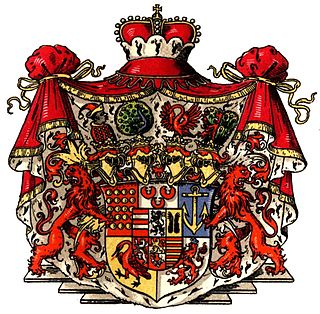
Bentheim-Tecklenburg was a German county based in the region around Tecklenburg in northern North Rhine-Westphalia, Germany.

Hohenzollern-Hechingen was a small principality in southwestern Germany. Its rulers belonged to the Swabian branch of the Hohenzollern dynasty.
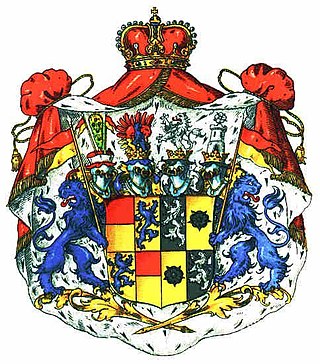
Solms-Baruth was a Lower Lusatian state country, from 16th century until 1945.

Princess Ulrike Louise of Solms-Braunfels was a German regent, Landgravine of Hesse-Homburg by marriage to Frederick IV of Hesse-Homburg, and regent of Hesse-Homburg, on behalf of her minor son Frederick V Louis William Christian from 1751 to 1766.
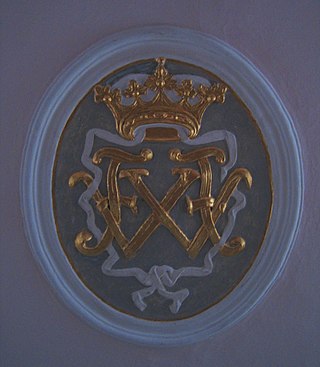
Prince Frederick William of Solms-Braunfels was the first Prince of Solms-Braunfels. He was the son of Count Wilhelm Moritz of Solms-Braunfels (1651–1724) and his wife Princess Magdalene Sophie of Hesse-Homburg (1660–1720), a daughter of William Christoph, Landgrave of Hesse-Homburg, and his first wife Princess Sophia Eleonore of Hesse-Darmstadt.
Christine Charlotte of Solms-Braunfels was a Countess of Solms-Braunfels by birth and by marriage Landgravine of Hesse-Homburg.
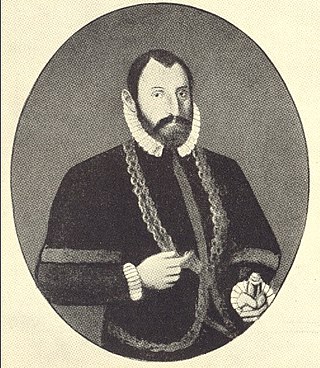
Louis I, Count of Sayn-Wittgenstein, nicknamed "the Elder", formally "Louis I of Sayn, Count at Wittgenstein" ruled the County of Wittgenstein, on the upper reaches of the rivers Lahn and Eder, from 1558 until his death. He converted his county to Calvinism and was an influential politician in the service to the Electoral Palatinate.
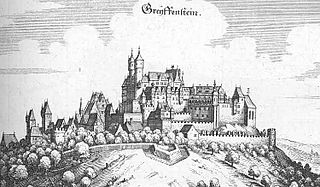
Maria Amalia, born countess of Nassau-Dillenburg was countess of Solms-Greifenstein. In 1600 she married William I, Count of Solms-Braunfels (1570-1635), and their descendants ruled the region for many generations to come.

Ferdinand Wilhelm Ernst, 2nd Prince of Solms-Braunfels was the second Prince of Solms-Braunfels. He was the son of Frederick William, Prince of Solms-Braunfels (1696–1761) by his first wife Princess Magdalena Henrietta of Nassau-Weilburg (1691–1725).

Wilhelm Christian Karl, 3rd Prince of Solms Braunfels was by succession an immediate Prince, then a nobleman and head of the Princely House of Solms-Braunfels, a Prussian major general and Hessian deputy.





















